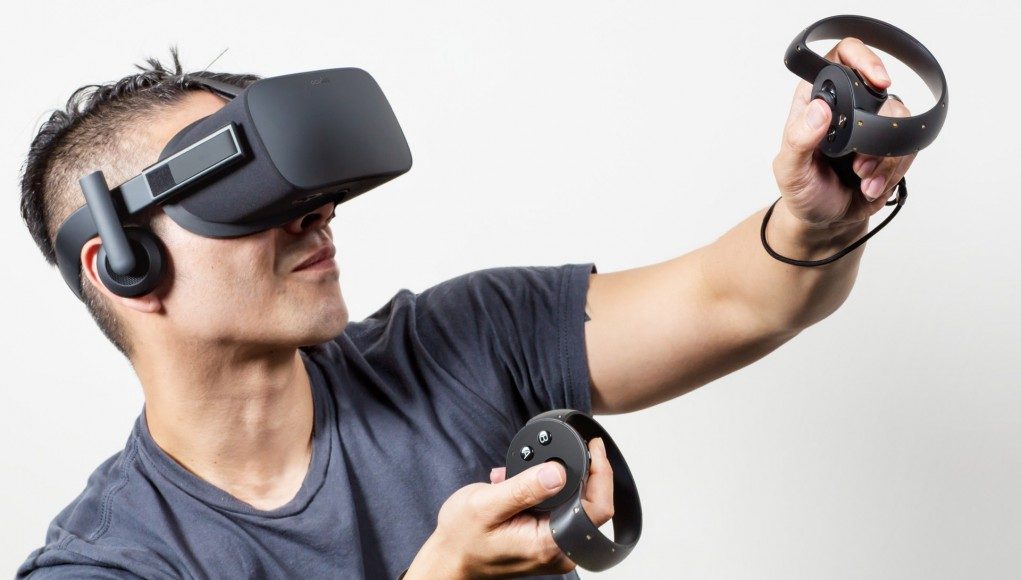As the launch of Oculus Touch approaches later this year, the company is sticking firm to its plan to focus on standing, front-facing VR experiences for motion input. Though it’s claimed that Touch can match the ‘roomscale’ tracking of the HTC Vive, Oculus is skeptical that such a large tracking space will appeal widely to customers.
Ever since announcing Touch back in 2015, Oculus has officially demonstrated their VR motion controller in a front-facing configuration, where two sensors are placed on a desk in front of the user four or five feet apart. With this setup, 360 degree VR experiences become impractical, as a user turning their back to the sensors are likely to block sight of the controllers in their hands.
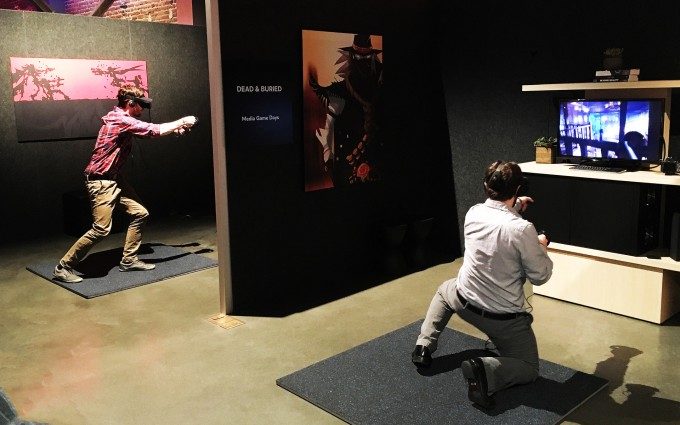
See Also: ‘Dead & Buried’ Could be the Killer App Oculus Touch Needs
As such, Oculus has encouraged its developers to build Touch experiences that keep the user facing forward, and within a ‘standing’ playspace (offering a few steps on either side).
Meanwhile, the approach of the competing HTC Vive is to have users place trackers in opposite corners up to 16.4 feet apart, which enables a ‘roomscale’ playspace that tracks users in 360 degrees, and gives them roughly an 11×11 foot space around which to walk.
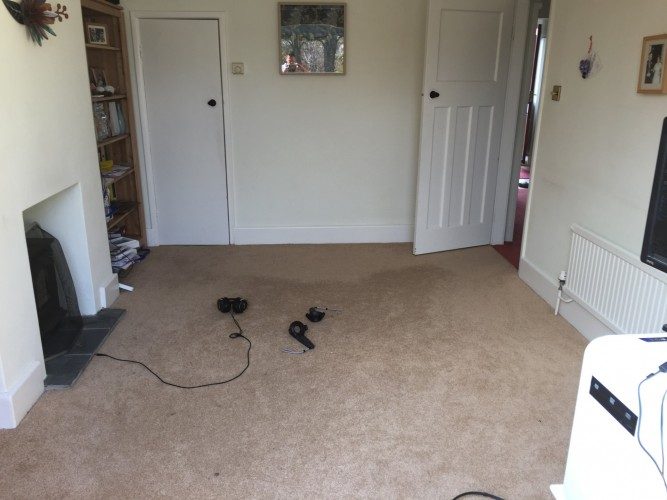
The difference in approach has lead to accusations that Oculus’ ‘Constellation’ tracking technology is less capable and therefore unable to provide the same roomscale functionality as the HTC Vive. That put Oculus in an awkward spot; they needed to defend the capabilities of their system without abandoning their decision to focus on the creation of front-facing VR experiences.
According to Jason Rubin, Oculus’ Head of Content, the question is not if Touch could do roomscale, but if it should. Speaking with Road to VR at Gamescom 2016 this week in Germany, Rubin elaborated on the reasons for the company’s focus on standing, front-facing VR experiences for Touch.
“[Touch is] fully capable of providing a room-scale experience. In fact, room-scale isn’t really defined. There’s two parts to it: One is being able to turn 360 degrees. What you’ve seen in most of the [Touch] demos today is like a 270 degree experience because you [block the sensor’s view of your hand] when you turn backwards,” he said. “The second part of room-scale is: ‘I can walk around a lot.’ We’re a little less positive that this is absolutely necessary for VR for a lot of reasons.”
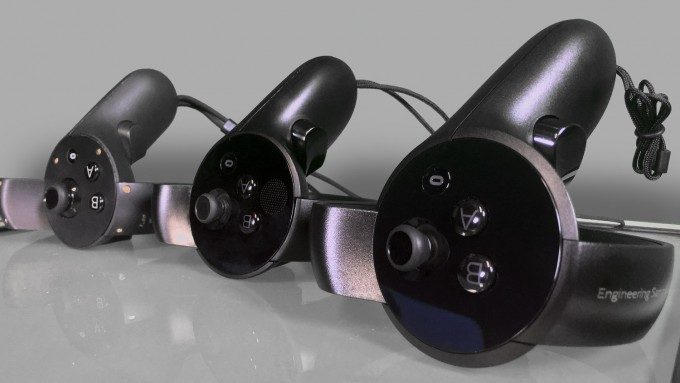
See Also: Latest Version of Touch has Better Tracking & Longer Range, Says Oculus
Rubin spoke to the notion that roomscale may not be practical for everyone, in regions which tend to have smaller rooms or homes (a fair concern also raised by Road to VR’s UK-based Senior Editor, Paul James).
“The last interview I gave was an Italian journalist who lived in Rome, and he said: ‘I like the fact that I can play [an Oculus Touch game] and get a whole experience and I don’t have to walk around, because in Rome, you can’t afford an apartment that can do room-scale. It’s too expensive.’ And Rome is as expensive as Tokyo, and San Francisco, and London,” Rubin said. “People from these cities aren’t really sure that roomscale is going to be dominant. What I would say is: we support it, we’re fully capable of it, we’ll probably support full 360, we may support roomscale, but it will not be required to have a fantastic time in VR.”
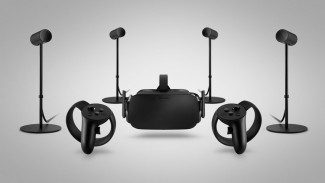
Despite asserting that the system is capable, Rubin says the company continues to focus development effort on front-facing experiences in a standing playspace.
“We are asking our [Touch] developers to develop for the front-facing setup in mind because we think a lot of people will have that setup. Beyond that, we don’t restrict our developers, and if they don’t want to support that, we’re okay with that too,” he said. “We’re just dubious that people are going to set aside a four by three meter area outside of developers and a core audience … we don’t want developers to go out there and find they don’t have an audience.”
This is a sticky issue for Oculus; whether or not Touch is “technically” capable of roomscale tracking, it’s Oculus’ configuration recommendation that developers (especially those the company is supporting) and users are likely to follow. Switching back and forth from two sensors on a desk in front of you to opposing sensors in each corner of the room is not a particularly smooth task, and thus users are likely to lean toward buying games of one configuration over another, which of course means developers will favor the leading setup, possibly causing some level of fragmentation among Touch games distributed through Oculus Home.
There’s no telling how much such fragmentation might impact the platform, or if it would be more or less than fragmentation caused by varying room sizes among SteamVR/HTC Vive users. With SteamVR’s support for the Oculus Rift and Touch, and Oculus seeming to doubt the size of the total addressable market for roomscale VR users, it’s possible that Oculus will continue to focus only on front-facing, standing experiences, and leave much of the roomscale market to SteamVR.
We’re expecting to hear much more about Touch (and likely a more firm picture of Oculus’ playsapce recommendation) at the company’s ‘Connect’ developer conference in October.
Additional reporting by Scott Hayden

